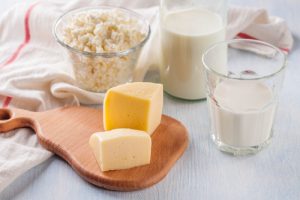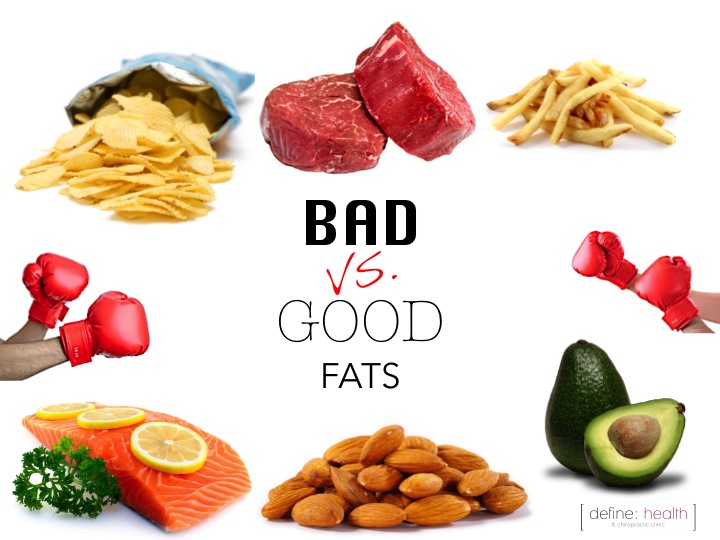The Importance of Fats

The word "fatty" refers to any organic molecule containing an unsaturated carbon chain. In organic chemistry, especially in biochemistry, a fat is a glycerol-chain long monoglyceride, with an unbranched aliphatic bond, that is either saturated or unsaturated. Most naturally occurring fats have an unbranched, three-carbon chain of up to four carbon atoms.
Fatty acids are produced in the liver and pancreas and excreted via urine
Lipids are fat-soluble substances that are formed in the liver. Fats are also the primary energy source for all cells. They can be found in meat, eggs, milk, fish and vegetables. A single molecule of a fat can store more than five times the amount of energy as the same amount of sugar.
Fatty acids are divided into two categories based on their molecular structure: saturated and unsaturated fatty acids. Some fats are considered essential fatty acids, while others are considered nonessential.
Saturated fatty acids are considered to be very important in cellular membranes. They are also responsible for keeping cholesterol levels in check.
Unsaturated fats are considered to be less important to the body because they do not bind cholesterol and cause inflammation and other health issues. Some fats are considered essential fatty acids, while others are considered nonessential. Nonessential fats, such as those derived from plants, cannot be converted to long-chain triglycerides that are then stored as fat.
Fatty acids are classified into six different categories. Each category has a different function. Fatty acids are considered to be soluble or insoluble in water, oil or salt. Each category has a unique molecular structure and the molecular structure of the fat molecule is determined by its polar nature (mono, di, pk or eps).
Lipid bilayers are the first step in determining the structural makeup of a fat molecule. When two fats come into contact with each other, one creates a bond between them. The other then forms a bond with the first, forming a layer on which both fats are attached.
Fats are a key part of our body in many ways. We require them for energy, for cell maintenance, as a source of lubrication and as a protective coating for other tissues.

There are three types of fatty acids. These are polyunsaturated, saturated and mono-unsaturated. These fatty acids have different characteristics.
Polyunsaturated fats are believed to be less harmful for your health than saturated fats. However, saturated fats are believed to be better sources of energy than polyunsaturated fats.
On the other hand, monounsaturated fats are good for your health. For example, they are considered a good source of antioxidants. They are also an important part of the body's tissue structure, which is why some studies show that they play a role in cell metabolism and proliferation.
Monounsaturated fatty acids are also called saturated and trans fatty acids. When two monounsaturated fats come into contact with each other, they form a chain that becomes a chain of hydrogen atoms. When the chain is broken, it becomes a chain of carbon, oxygen, nitrogen, hydrogen, and another type of substance.
Trans fatty acids are commonly referred to as saturated and trans fatty acids. The chains split into two chains, one of which contains hydrogen atoms and the other contains an oxygen atom. A hydrogen atom is bonded to an atom of another type of element. When this chain is broken, it takes the form of chains of carbon and oxygen, and then becomes a chain of oxygen and nitrogen.
It is important to note that the fatty acid in your body cannot be converted to another type of fatty acid if the enzymes in your liver cannot remove it from the bloodstream. If you are already taking medications or certain medications, such as blood thinners, it may be difficult for your body to remove these types of fatty acids and convert them to a different type of fatty acid. For more information on trans fatty acids, you can visit https://www.chocolatefactory.co.th/.
Many people choose to take supplements or vitamins from their natural sources instead of from food. While the food sources may contain these types of fatty acids, they may not contain the amounts needed to meet the body's needs.
You should also consider whether or not it is healthy for you to take a synthetic source of this fat. acid. Synthetic fats may not contain enough of the acids found in nature.


